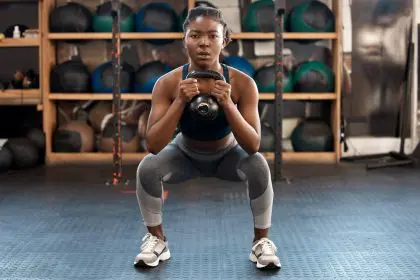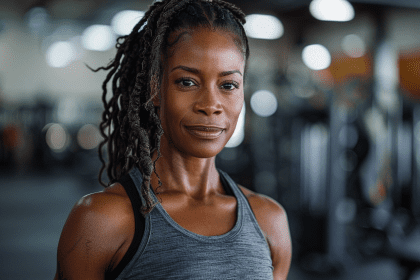In the world of fitness, visible abs are often held up as the ultimate sign of health and fitness. But current research is challenging this assumption. Modern fitness science emphasizes that abdominal definition is the result of a complex interplay of genetics, body composition, and lifestyle choices. It’s important to understand that visible abs don’t necessarily indicate optimal health or fitness. In fact, achieving visible abs doesn’t always align with being in peak physical condition.
The core strength foundation
Core strength goes beyond just the abdominal muscles. Recent studies show that the muscles of the core, which include not only the abdominals but also muscles of the back, hips, and pelvis, are crucial for overall body stability and function. Comprehensive core strength is linked to reduced chronic pain, particularly in the lower back, as well as improved balance and stability in everyday activities. Core strength also plays a significant role in injury prevention and overall physical performance. Modern exercise science now views core development as a foundational aspect of holistic health, not just for aesthetics but for improved quality of life.
Genetic reality check
It’s essential to recognize that genetics play a significant role in how and where fat is distributed throughout the body, including around the abdomen. Some people are naturally predisposed to store more fat in their midsection, while others may carry it in their hips, thighs, or elsewhere. These genetic factors influence how easily someone can achieve visible abs. Moreover, the structure of abdominal muscles varies between individuals, meaning some may have more prominent muscles that are naturally easier to define. Understanding these genetic factors helps set realistic expectations when working towards fitness goals, and it shifts the focus from aesthetics to long-term health.
Nutrition’s dominant role
Nutrition is one of the most important factors in achieving visible abs and overall body composition goals. Research indicates that maintaining a proper caloric balance is essential for fat loss. However, fat loss is not the only concern. The importance of macronutrient ratios—how much protein, fat, and carbohydrates are consumed—plays a pivotal role in preserving muscle mass during fat loss. This is especially important when trying to achieve a lean physique. A diet high in protein can help maintain muscle while promoting fat loss, a crucial component for achieving abdominal definition. Moreover, focusing on nutrient-dense, whole foods can support overall wellness, ensuring that fat loss occurs without sacrificing muscle or energy levels.
Lifestyle integration
Achieving visible abs is not just about exercise and diet; lifestyle factors also play a major role in body composition. Research underscores the importance of non-exercise activity thermogenesis (NEAT)—the calories burned through everyday activities like walking, cleaning, and even fidgeting. These activities, often overlooked, can have a significant impact on total energy expenditure and fat loss. In addition, stress management and sleep quality are crucial. Chronic stress and poor sleep can interfere with hormone regulation, particularly cortisol, which can lead to increased fat storage around the abdomen. Lifestyle integration, therefore, includes prioritizing rest, managing stress, and staying active throughout the day.
Sustainable methods
In the pursuit of visible abs, many individuals fall into the trap of quick-fix solutions, such as crash dieting or over-exercising. However, research suggests that these extreme measures are often counterproductive. Gradual, consistent progress is more effective and sustainable. Evidence-based approaches to fitness advocate for a balanced combination of resistance training, cardiovascular exercise, and proper recovery. Focusing on long-term progress rather than short-term results ensures that any changes to body composition are not only lasting but also healthy. Patience is key, as extreme measures can lead to burnout, muscle loss, and other negative health consequences.
Special populations
Not all fitness journeys are the same. For some individuals, such as those who have recently given birth or those with specific health concerns, a more tailored approach is necessary. Post-pregnancy individuals, for instance, may experience changes in abdominal muscle structure and fat distribution. Specialized fitness programs that focus on rebuilding core strength and adjusting to new body composition are essential in these cases. Similarly, individuals with chronic health conditions may need professional guidance to ensure they are following safe and effective exercises that accommodate their needs. Personalized approaches allow for progress while prioritizing safety and well-being.















